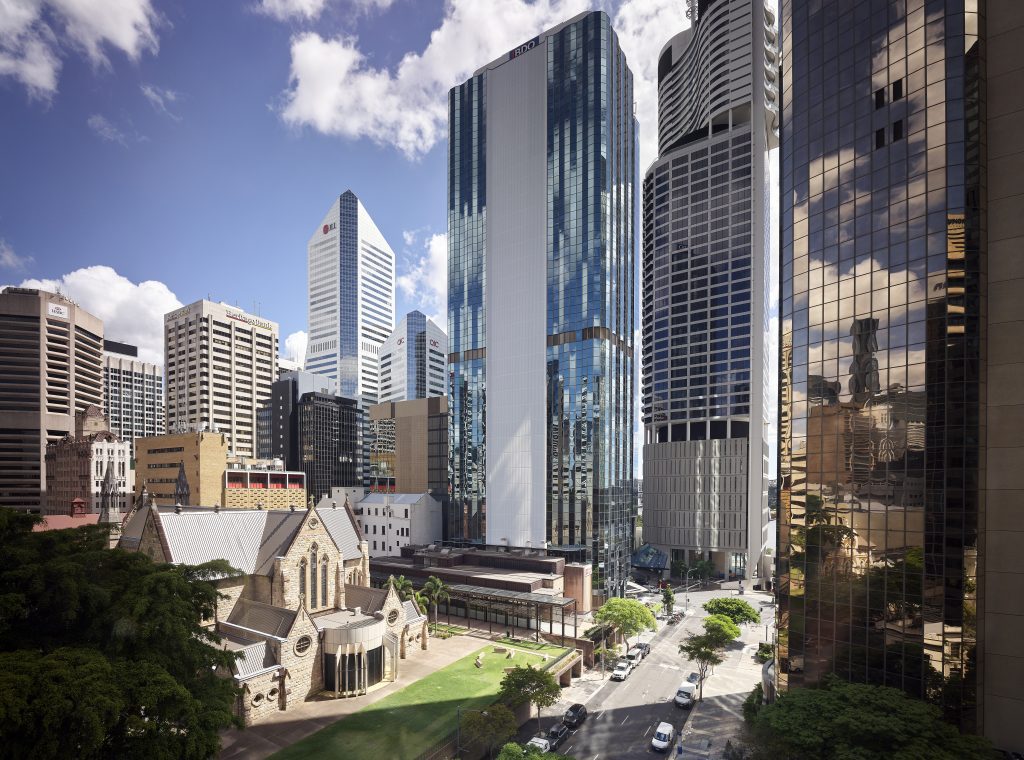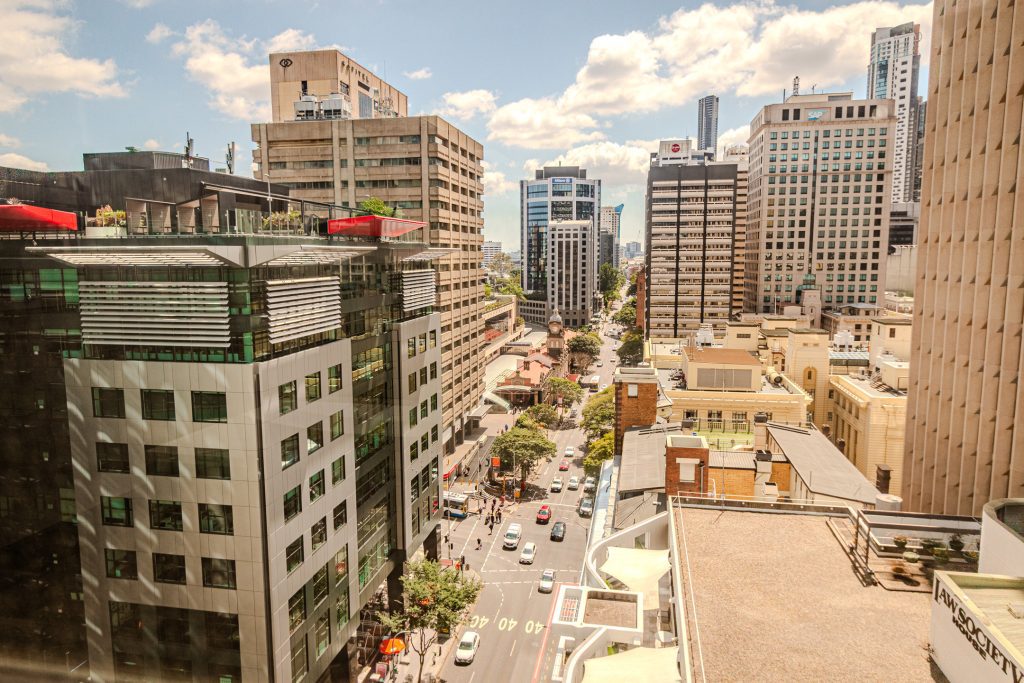
Know the latest insights —
Brisbane’s leading destination for commercial property insights.


Subscribe to Our Newsletter
Stay ahead in Brisbane’s commercial landscape
with exclusive insights and leasing opportunities.













